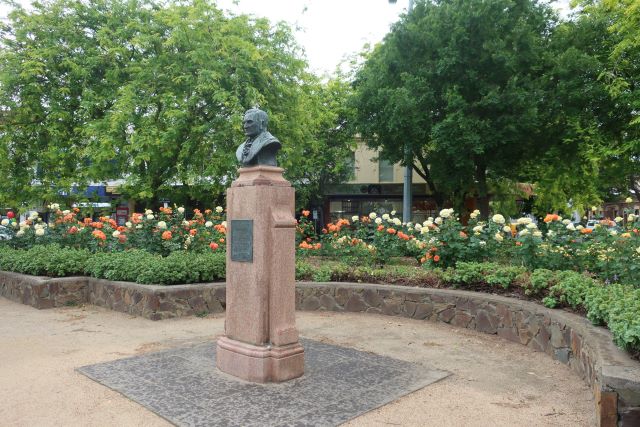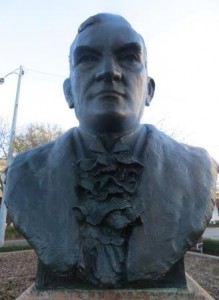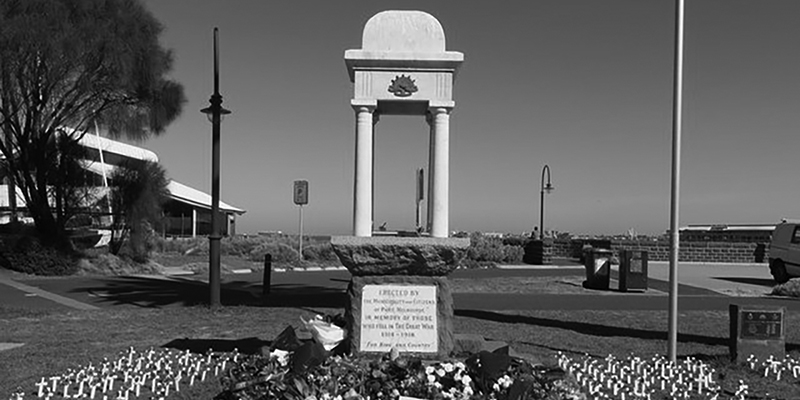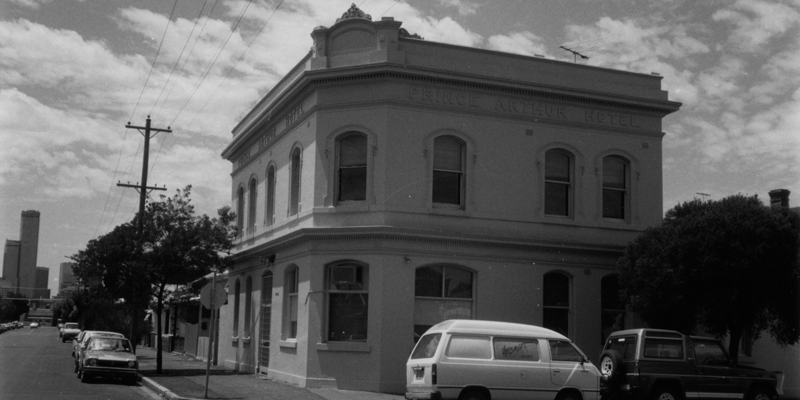Water according to Walter

Picking up on last week’s watery theme, this post turns to Councillor Walter’s connection with metropolitan water supply.
This week, price increases for water were approved by the Essential Services Commission. The increases were largely attributed to the desalination plant.
The Argus of 28 March 1936 contains an article Story Behind the Tap: Our Water Supply cost millions written by George S Walter. Walter was a Port Melbourne Councillor for an astonishing 40 years, twice Mayor and also vice-chairman of the Water Supply Committee of the Melbourne and Metropolitan Board of Works. The article, written towards the end of a life time of public service, takes a sweeping historical overview of water supply to emphasise the value of clean water from both a public health and price point of view – a penny a day. He goes back to antiquity to make his argument, and contrasts London and Melbourne’s water supplies on price and consumption per head. When he was writing, the importance of a clean water supply to public health was perhaps stronger than in our minds today. The Yan Yean and Maroondah dams then provided Melbourne with clean drinking water and the MMBW looked to the Upper Yarra for future water supply possibilities. Since then Melbourne’s water supplies have been augmented by the Thomson Dam with spare capacity provided in the as yet unused desalination plant.

Walter ends with the contemporary message: “It all seems so simple to the consumer, who just turns on a tap and obtains the greatest necessity of life. It is hard for him to realise the story behind the tap, the work entailed, the organisation necessary, the engineering skill involved, and all for the benefit of the consumer and to preserve his health”.1
Visit the monument to Walter on the Reserve where Bay and Crockford St part company. Font fans may well enjoy the lettering on the plaque.
Walter lives on in Walter St, and Walter Reserve – part of Port Melbourne’s Railway Reserves.
George Samuel Walter 1872 – 1937
Councillor of Port Melbourne 1897 to 1937
Mayor of Port Melbourne 1901-1902, 1934 to 1935



2 Comments
Reg Macey
Another long serving Councillor and multiple times Mayor of Port Melbourne, Cr James { Pappy) Crichton told me in 1949 that the statue paid tribute to Cr Walters effort on the MMBW to ensure that Port Melbourne was the very first municipality to be connected to the sewerage system. At it’s implementation it ” gave Sandridge a huge boost in prestige at the time”, he told me…and it ” filled the Borough’s dwellers with pride !.”.
David Thompson
Thanks Reg,
Interesting to hear about these two long serving Councillors who must have done so much to shape the development of Port Melbourne in the late 1800s through the first half of the 20th Century. I’m sure you know that in 1897 the All England Eleven Hotel on the corner of Rouse and Princes Sts was the first property in Melbourne to be connected to the sewerage system. The hotel closed in 1915 and after a period as a guest house, it was used by Swallow & Ariell as warehouse space. The building was demolished in the 1970s when a modern house was built on the site. That house has subsequently been demolished in the past 12 months and the site is being redeveloped again. The plaque that noted that first sewerage connection, set in the footpath in Princes St, has been removed for safekeeping while this development proceeds.